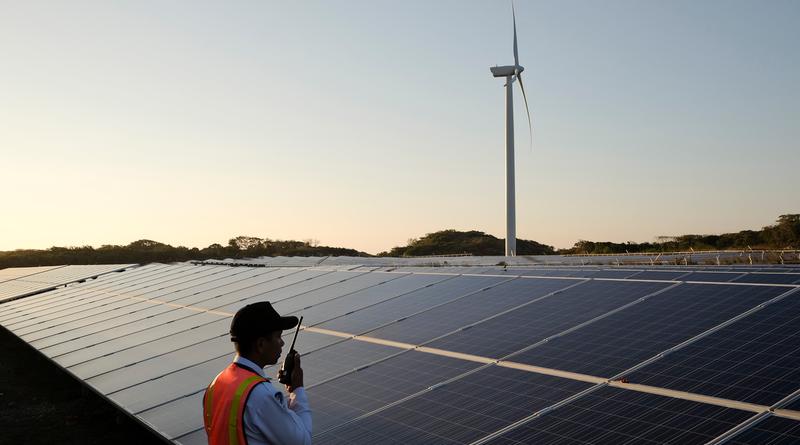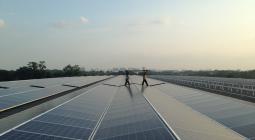Southeast Asian nations face a simple choice – lock in costly coal or invest in renewables.

Market design failures and poorly conceived incentives burden consumers with high power prices and unstable supply.
Southeast Asia is young. Its median age is under 30, and its demand for energy has grown by 60% in the last 15 years and is likely to continue growing twice as fast as other regions.
But as this youthful population moves into leadership positions, they will see that incentive and market design failures in Southeast Asian countries’ power systems have led to energy instability, high prices, and high levels of subsidy.
At the heart of those failures is a mistaken “lock-in” of fossil fuels, mainly coal, as the energy source of power generation, and with it the lock-in of carbon emissions and pollution.
THE CORE ISSUE FOR THE REGION’S POWER SYSTEMS IS INVESTMENT, not only in construction and equipment, but to optimize the economics of operating within a system. Technology disruption is fundamentally changing the power landscape. A key impetus is the ongoing deflation of the cost of solar energy and battery storage. We’ve seen their prices drop by 80 to 90% over the past decade.
The concept of moving power from a large power plant through a high-voltage line, one way, to low-voltage lines and onward to consumers, has not delivered on electrification goals, and has not delivered affordable prices. Bad economics is being propped up by bad politics.
Good politics would be good policy and an auctions framework. Power auctions allow for competitiveness and price transparency which in turn allow for renewables to better compete. As far as bad politics is concerned, it’s a matter of whether the country concerned continues to subsidize something when there are cheaper options.
This is an excerpt from a presentation delivered by Sara Jane Ahmed via podcast with the Asia Society.
Sara Jane Ahmed is an energy finance analyst at the Institute of Energy Economics and Financial Analysis
1 July 2020
IEEFA





